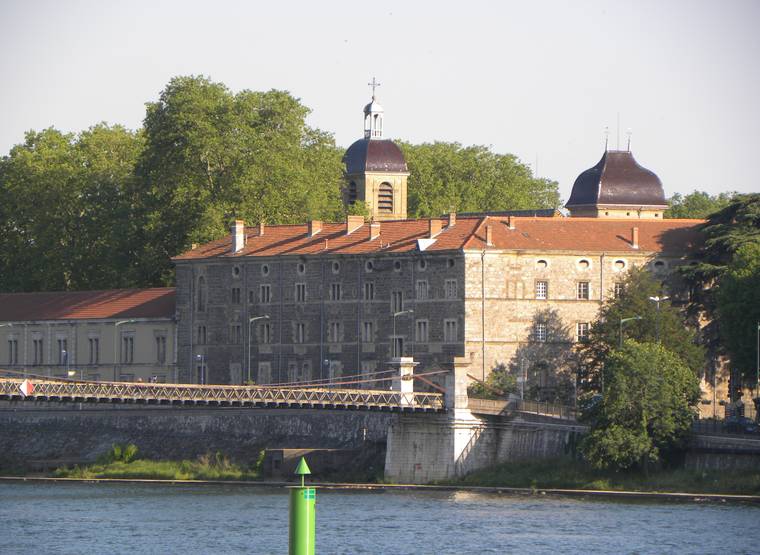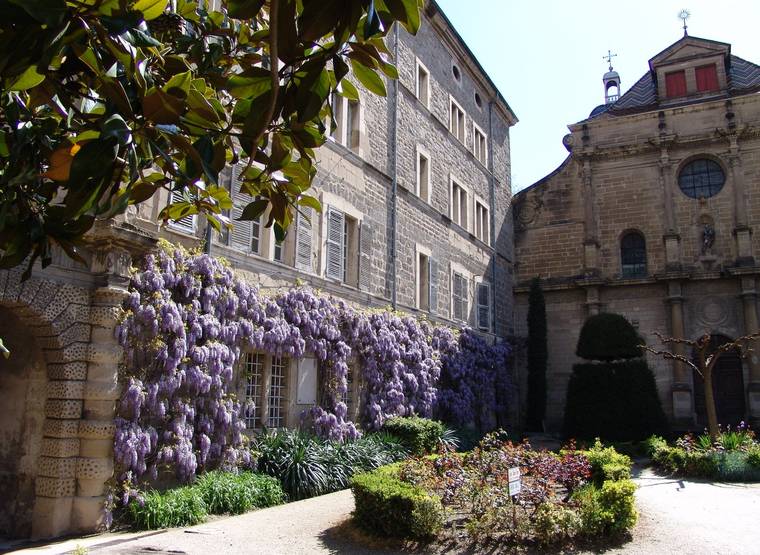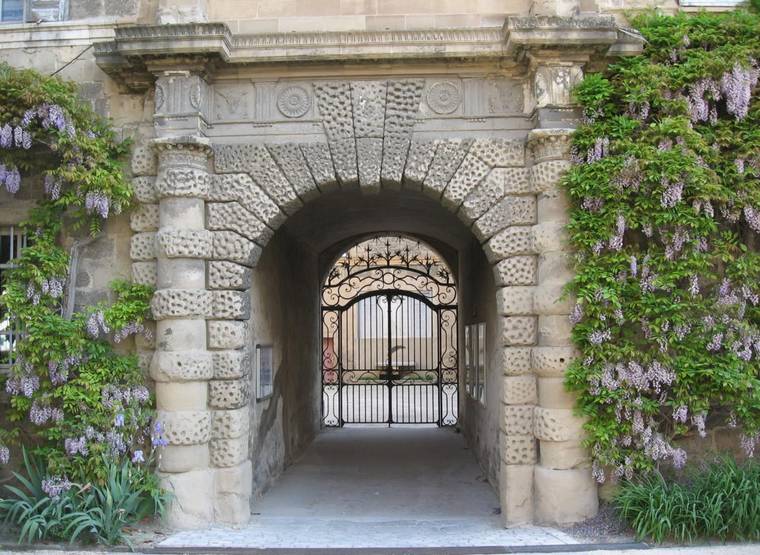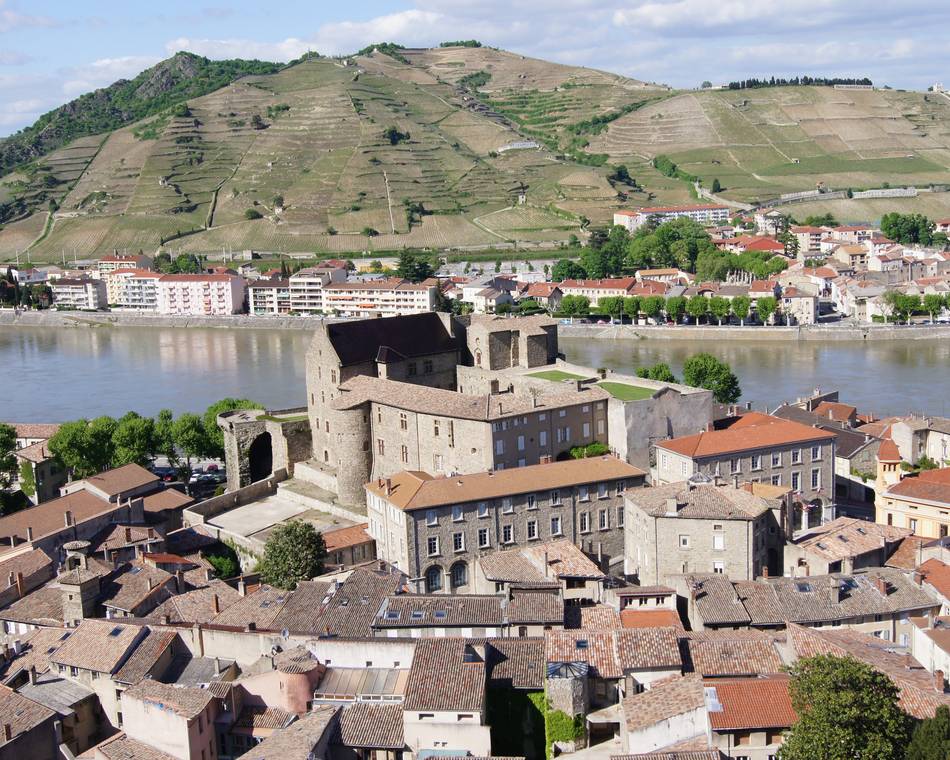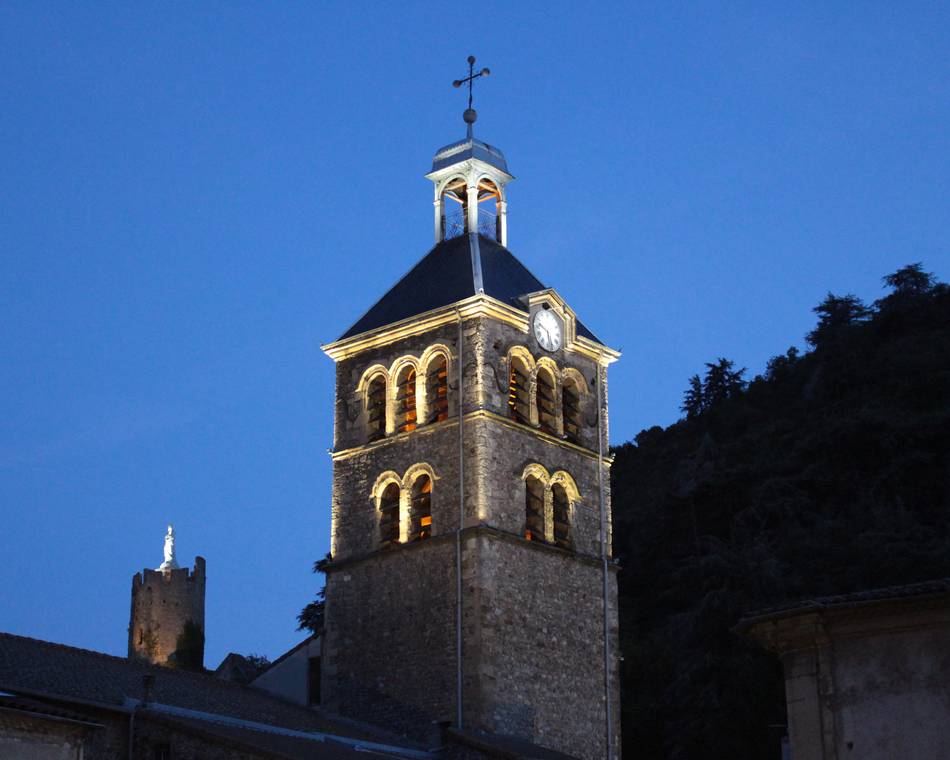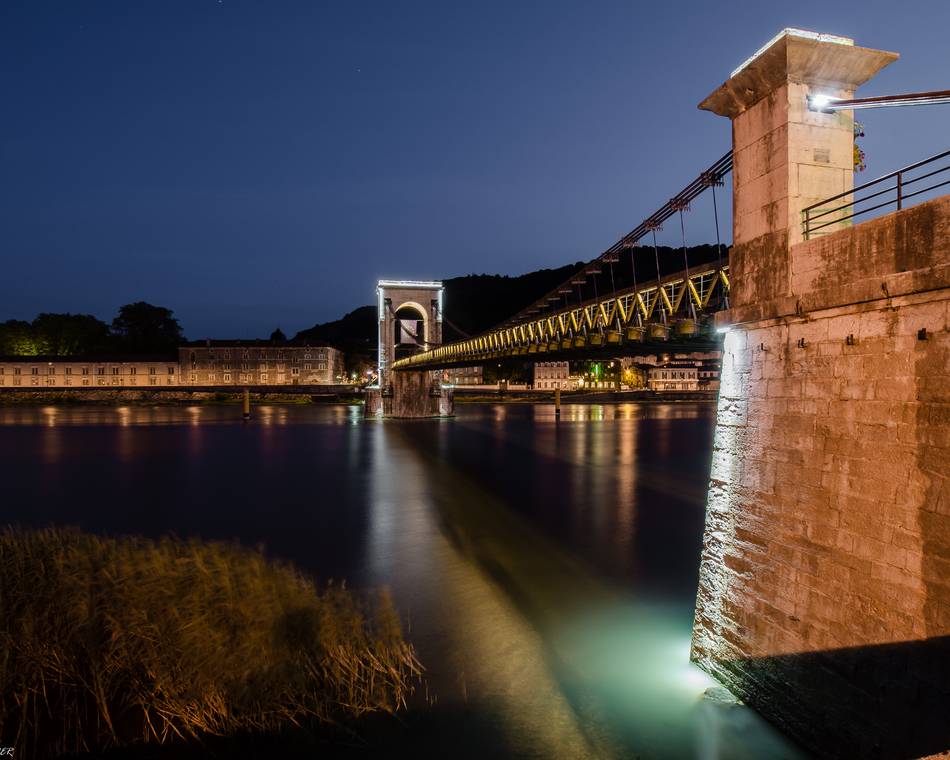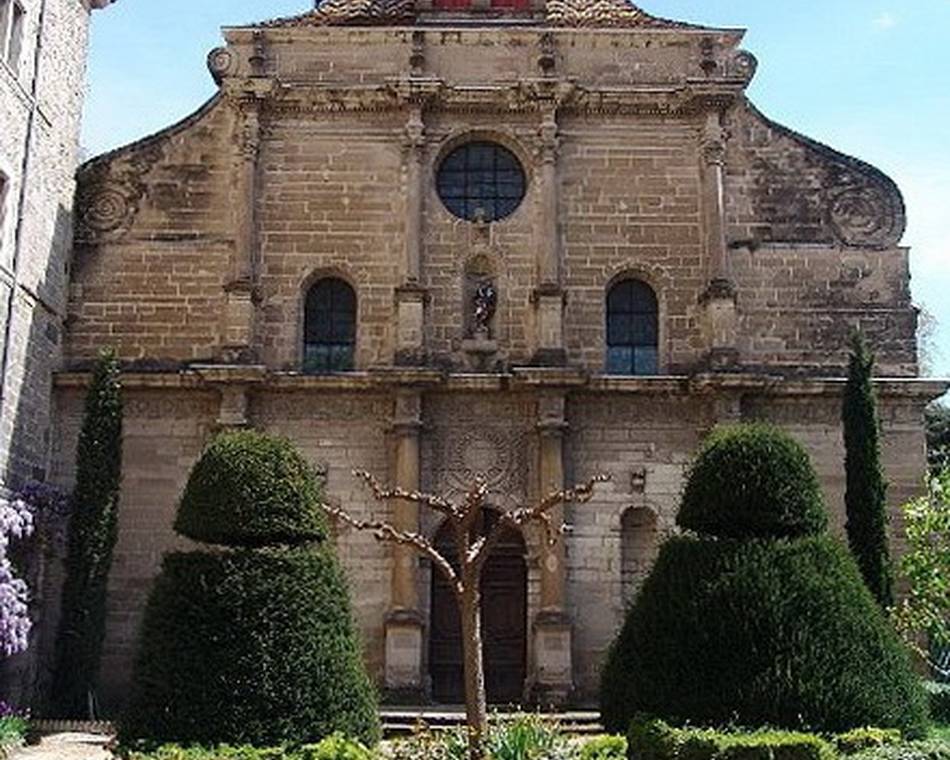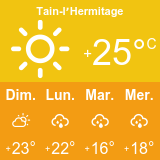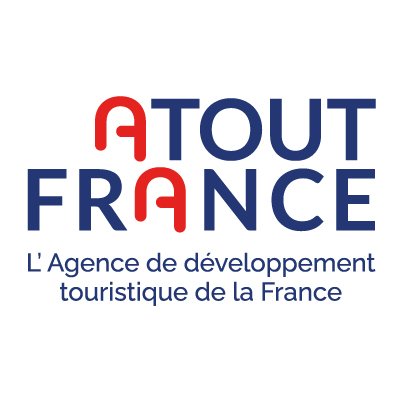High school Gabriel Faure
-
Place Mallarmé
BP 116
07300 TOURNON-SUR-RHÔNE - contact@patrimoinelyceegfaure.fr
- info@ah-tourisme.com
- Visit our Facebook page
- +33 4 75 08 21 33
- +33 4 75 08 10 23
- ardeche-hermitage.com
Description
Teaching place since the Renaissance: the "collège" was founded in 1536 by the Cardinal of Tournon, high-school since 1548. Called Gabiel Faure becauce of a local literay man. Including a tapestries galery, a rich historical library and some paintings.
Cardinal François de Tournon founded the college in his town in 1536. it was not until 1548 that the first stone of the building was laid; the Collège de Tournon took just six years to complete. In 1552, the institution became a University of Philopsophy and the Seven Liberal Arts. In 1551, François de Tournon entrusted his college to the Society of Jesus, making it the first French Jesuit teaching establishment and a means of countering Protestantism through education in the Scriptures. The buildings of the Collège were transformed. In 1560, a chapel was added to the north and a fifth building to the east of the four main buildings and the bell tower dating from 1554. A medicinal herb garden completed the college's layout untill April 3rd 1714.
This was the date of a terrible fire. Far from discouraging the Jesuits, they continued their renovations. A third floor was added to the main building. Construction of a new chapel ( begun in 1673) was completed. The new chapel was larger than the old one, providing a more dignified setting for the Cardinal's remains and the faithful.
The Jesuits were expelled from the College in 1762 and replaced by an administration office. Tournon became a Royal Military School, which ensured its longevity. In 1776, the Royal Military School ofr Paris was reformed. Twelve establishments in the kingdom retained the priviledge of training soldiers. The new administrators were the Oratorians.
As the existing boarding school was deemed too small to accomodate the students, new buildings were constructed and work was undertaken. The Revolution and the events that followed did little to change the life of the college, apart from the fact that there was no longer any need to mention it as a royal college and the Military School section was abolished at the start of the Academic year in 1793.
In 1819, the school once again became a royal college, under the supervision of the Minister of the Interiror: attached to the university, it was first gibven the tittle of Collège Communal and then that of College Royal de troisième classe.
The college became the Imperial Lycee and then the Lycée under the Restoration. The Construction of the Rhone dykes in the mid-19th century altered the buildings, as evidenced by the cureent two-storey Cour des classes, the ground floor of which is located under Route Nationale 86. A few years earlier, the Grand Corridor and the lare terrace known as the Infirmary had been built. At the end of the century, part of the lycee grounds were amputated, allowing the construction of the girls lycée, Collège Mare Curie since 1998.
It was over 400 years ago that the Lycee de Garçon got its baptismal name: that of a man from Tournon who worked actively to protect, maintain and preserve it. In 1967, it became the Lycee Gabriel Faure. Over the course of the 20th century, the school underwent further transformations with the construction of buildings D ( science buildings), E ( classrooms and new boarding school) and the gymnasium. Since the early 2000s, the lycee had been undergoing restructuring. In addition to the buildings, work has also been carried out on the grounds. Notably, the thirty-three metre long disused swimming pool has been filled in. All that remains of the work carried out in the park since 1781 are a few plane trees, which are now listed as historic monuments, and an idea of the size of the area at the time.
Prices
Opening
Tour
Tours languages
- English
- Spanish
- French
Group tour average time: 60min
Individual tour average time: 60min
Grouped tour
Guided group tours on requestIndividual tour
Guided individual tours on requestCharacteristics
Sleeps
Groups size: from 10 to 30 people
Languages spoken
- English
- Spanish
- French
Services
- Parking nearby
- Guided tours
